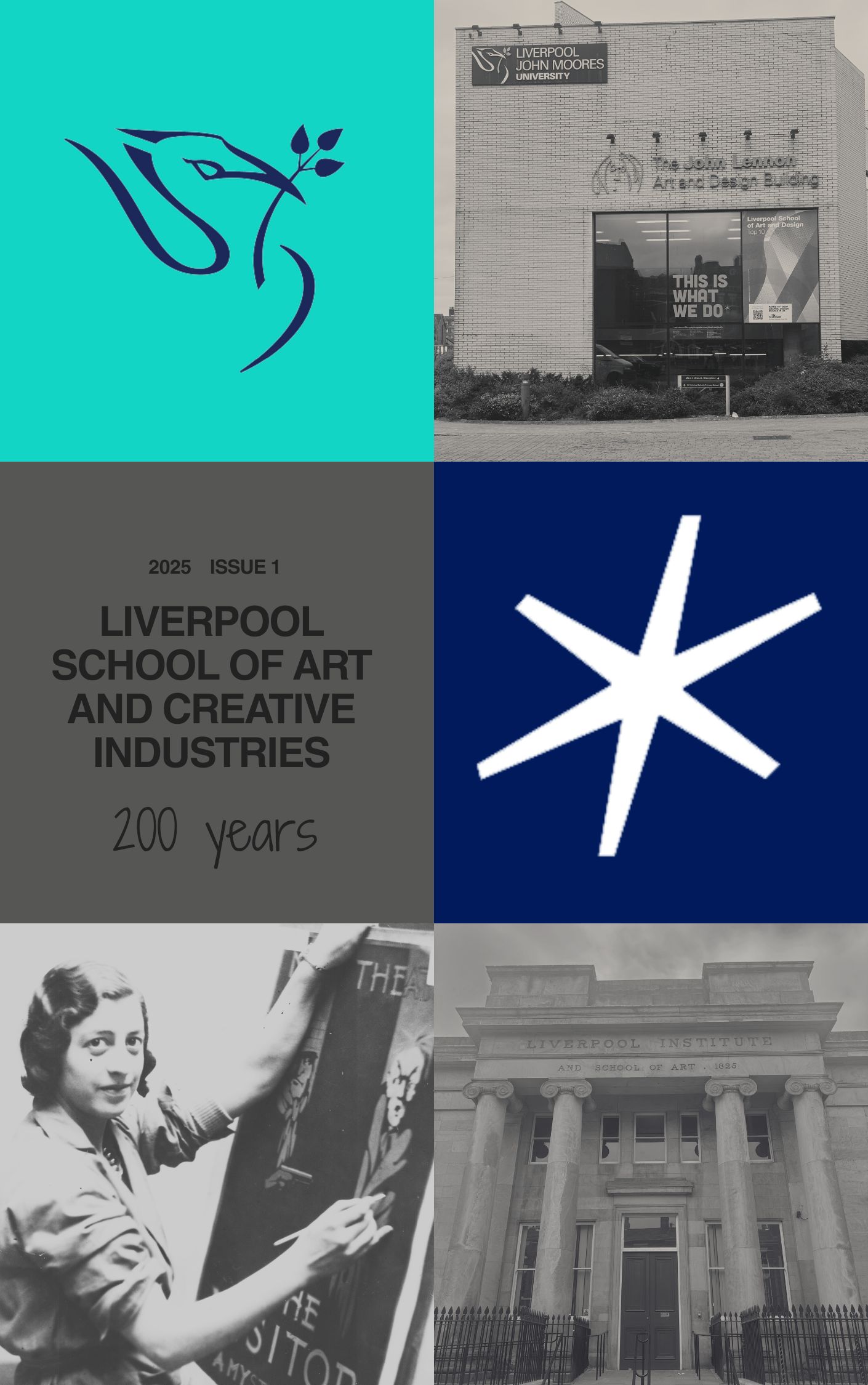An Investigation of the Inherent Politicism of African American Cinema
DOI:
https://doi.org/10.24377/LSACI.article3144Abstract
The ostensible dominant functions of cinema are to entertain and to make money; however, the role of politics in film must not be overlooked. Rather than film simply having the efficacy to carry political messages, several scholars state that it is impossible for a film to be without ‘political implications’ (Plantinga, 1997, p.14). These implications can either be backgrounded and implicit or foregrounded and explicit (Haus, 1991, p.70). For example, politics can be forced and obvious like the propaganda films of the Second World War or subtle like the endorsements of opposing pacifism missed by censors in some 1930s B-movies, as Leab (2008, p.395) notes. It is to no surprise that Sergei Eisenstein has been quoted as claiming ‘there is no apolitical art’ (in Esnault, 1970, p. 4). This inherent politicism is amplified when filmmakers actively challenge the hegemony of Hollywood. In Eisenstein's case, this led to the codifying of Soviet montage theory and, in particular, the theorisation of intellectual montage. Rather than the realism illusion of Hollywood's dominant continuity editing, the Marx and Hegel- informed dialectics of intellectual montage act as ‘the perfect form for the expression of an ideological thesis’ (Kiernan, 1990, p.96). This paper investigates the roots of Black American Cinema to explore how far it is and has been fuelled by politics, even more than the inextricable and intrinsic politicism of film. In particular, much like Eisenstein’s ideological opposition to Hollywood, Black American Cinema will be examined as opposing Hollywood, both from outside the system—through the case studies of Oscar Micheaux and Cheryl Dunye—and inside it, through an investigation of Hattie McDaniel.
Downloads
Published
Issue
Section
License
Copyright (c) 2025 Devan Whitehouse

This work is licensed under a Creative Commons Attribution 4.0 International License.
The copyright of content is retained by the author(s). Please check the specific licence for this item. The majority of the content in this journal is published under a Creative Commons Attribution Licence. Artworks are published under a Creative Commons Attribution-NonCommercial-NoDerivatives 4.0 International Licence. These licences allow others to read, download, copy, distribute, print, search, or link to the full text of works in this journal, or to use them for any other lawful purpose in accordance with the licence.
This journal provides immediate open access to its content and has no submission or publication fees.


